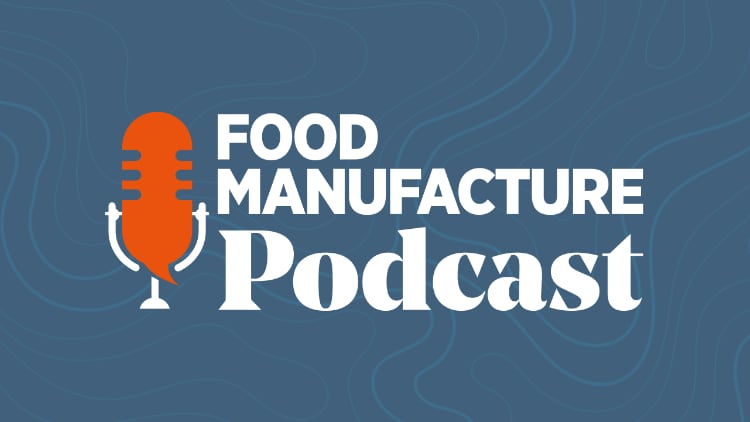In recent months, several big names in the food industry have withdrawn investments in the voluntary carbon market (VCM). These companies have tended to justify the move by citing a desire to prioritise policies which reduce greenhouse gas (GHG) emissions in their own supply chain and operations.
In principle, there’s nothing wrong with this objective – reducing value chain emissions must absolutely form a central part of any business’ long-term decarbonisation strategy.
The problem is – by focusing solely on supply chain – businesses are avoiding making use of every tool available to reduce carbon emissions and realise wider net zero ambitions. Instead, what’s needed is an attitude shift, where food industry firms move from debating whether to invest in one tool or the other, to a stage where they implement both tools alongside each other.
The danger of failing to shift the current mindset is a trend towards ‘greenhushing’. In other words, if more businesses choose to prioritise solely supply chain emissions at the expense of talking outwardly about pursuing multiple climate strategies at once, this will harm the broader objective of widespread, immediate decarbonisation.
Is greenhushing on the rise?
Research suggests that global food production is responsible for one third of global GHG emissions. In the UK, data from Statista estimates the manufacturing industry generated nearly 80 million metric tons of CO2 emissions in 2021 – although this has fallen nearly 40% since the 1990s.
Nonetheless, as the climate crisis escalates, the onus is on food and drink manufacturers to take robust action to reduce their carbon footprint – which is what makes the growing prevalence of greenhushing in the industry more concerning.
Much of this can be traced back to a report from Changing Markets, which claimed to have identified 53 examples of misleading green claims on food products and in marketing materials, leading the foundation to conclude that “greenwashing in the food sector is rampant”.
Fearing being namechecked as greenwashers, several food corporations and fast-food chains announced plans to retreat from carbon neutrality claims and disassociated their brands from carbon credit investments. A report from South Pole highlighted this withdrawal trend, noting that almost a quarter of 1,200 companies with a sustainability head are not publicising achievements “beyond the bare minimum” and labelled the trend “concerning”.
But businesses being transparent about their green actions and publishing sustainability commitments has the power to inspire others, shift mindsets, and encourage collaborative approaches. Greenhushing on the other hand has the potential to damage the collective efforts to tackle the climate crisis.
The carbon market as a tool against climate change
With food and drink manufacturers among the heaviest CO2 emitters, the carbon credit market represents a critical tool in the fight against climate change the industry simply cannot afford to ignore.
While carbon credits alone will not solve the climate crisis, compensating for unavoidable emissions through carbon reduction and removal projects is one of few solutions available at the scale needed to have an immediate impact on reducing emissions and limiting the global warming rise to 1.5 degrees.
The business case for taking action is also clear. Failing to slow global warming will lead to extreme temperatures, flooding and water scarcity. In turn, this will cause all manner of problems for food and drinks companies, including facility closures, production delays, disruption to supply and distribution chains, damage to products, increase in operational and capital costs on operations. Last summer, we saw record high temperatures even cause supermarket refrigerators to overheat and stop working – all of which carries serious consequences for the companies’ bottom line.
The crucial point is this: investing in carbon credits does not come at the expense of reducing supply chain emissions. Achieving net zero will require companies to utilise every tool and strategy available, particularly those which are ready to go right now. While it is right that businesses establish long-term carbon reduction strategies, credits are one way to offset residual emissions in the meantime.
In fact, recent research from Trove found that the companies which purchase carbon credits are decarbonising at a higher rate than those which don’t.
How can companies navigate the carbon credit market?
With the threat of greenwashing accusations not going away, investing in the right type of carbon projects is vital. It’s important that companies engage in appropriate due diligence to ensure they invest in high quality and high integrity carbon credit projects.
One of the most effective ways to reduce emissions are forest conservation carbon projects (also known as REDD+ projects), which have the potential to provide up to one third of the emission reductions required by 2030, and also have numerous benefits for local communities. The revenue from the credits is then shared equitably with project communities who decide how to spend it.
On top of the carbon avoided through protection of the forest, high quality REDD+ projects typically withhold 10-20% of credits as a leakage and non-permanence ‘buffer pool’ – in other words, insurance – in case of fires, pests, or other potential factors that reduce net carbon storage.
Concluding thoughts
Levels of scrutiny of the carbon market are intense – and rightly so. It means standards are improving all the time, as evidenced by the emergence of independent ratings companies and the establishment of rigorous thresholds on disclosure and sustainability development by the Integrity Council for the VCM.
But it cannot be the case that companies choose to take less immediate action because it is easier than opening themselves to potential criticism about their green credentials. There simply is not enough time for more inaction. It is now up to companies to be brave, ignore the naysayers and make the most of all the climate solutions which are available right now.




